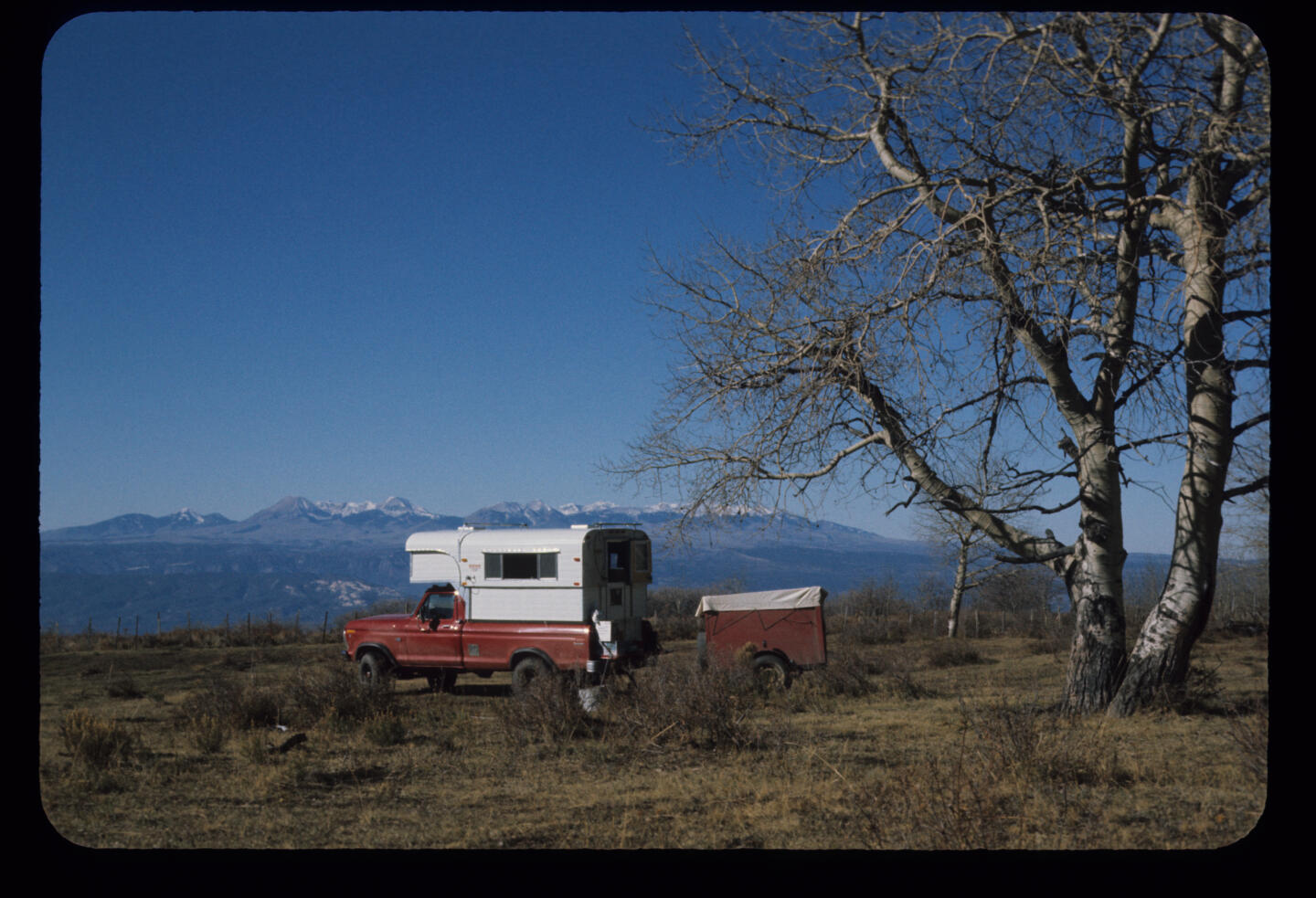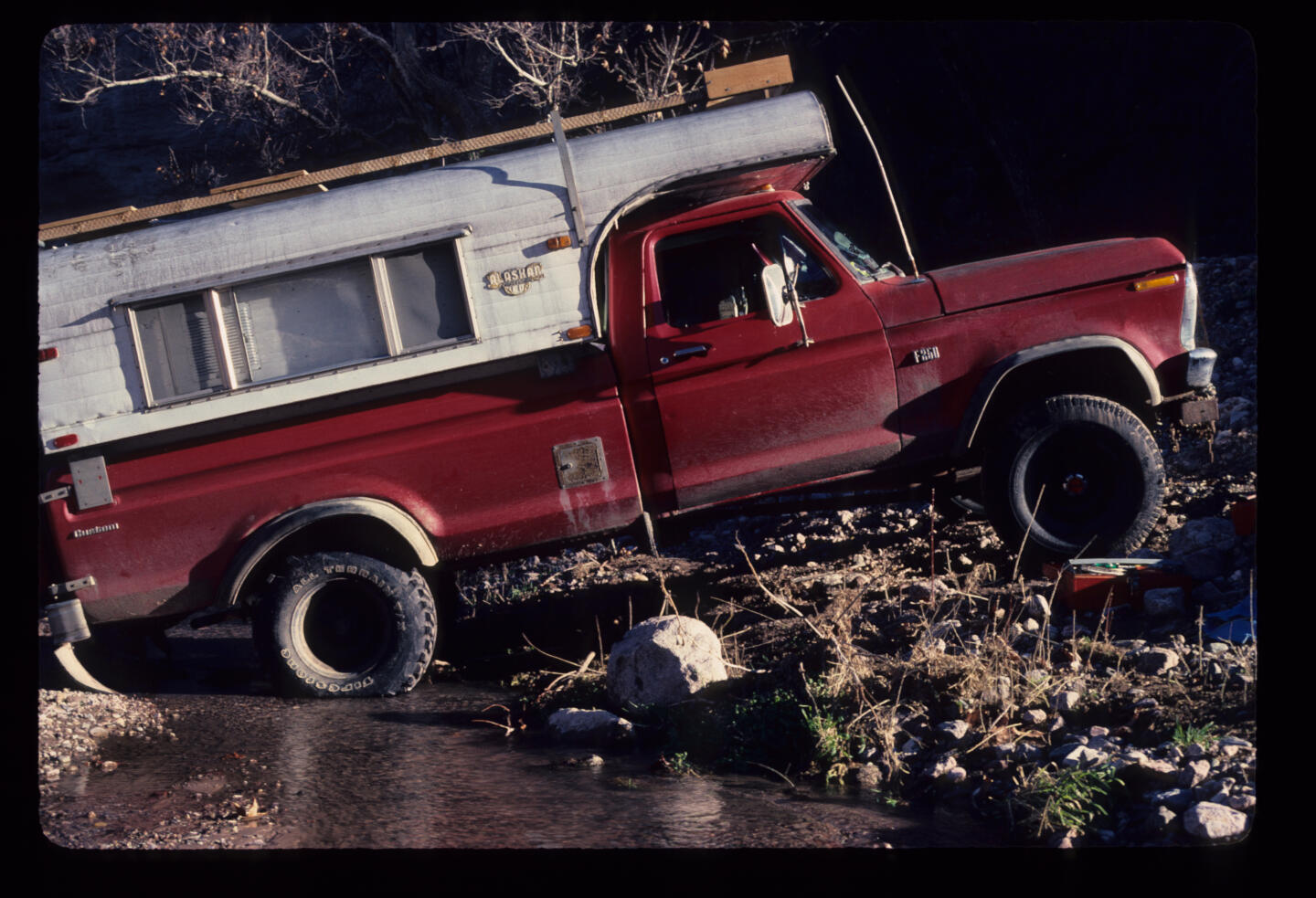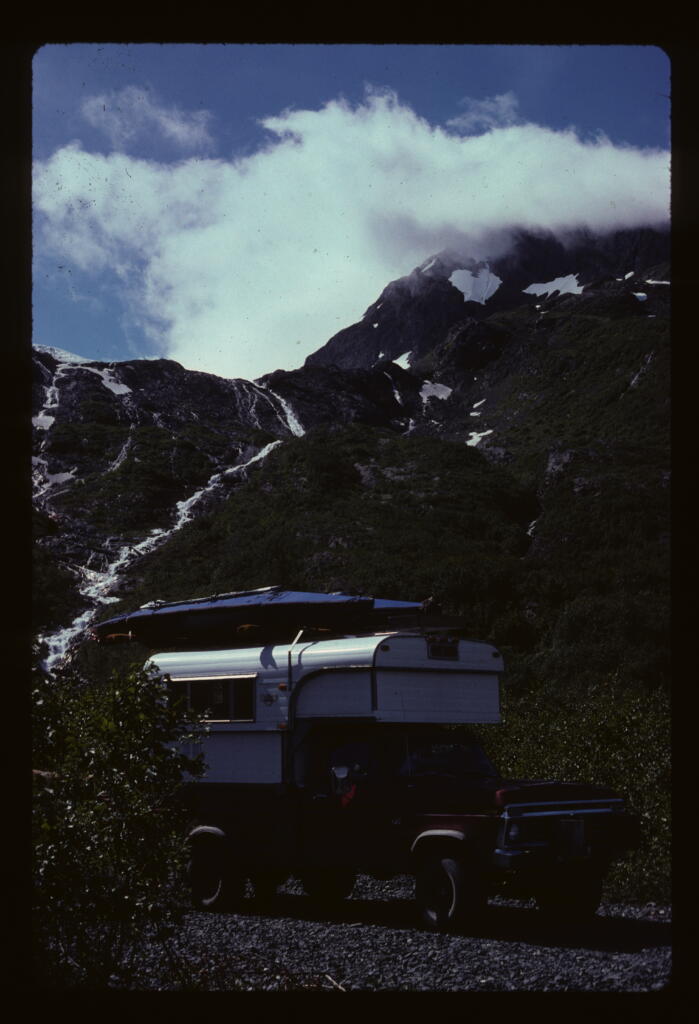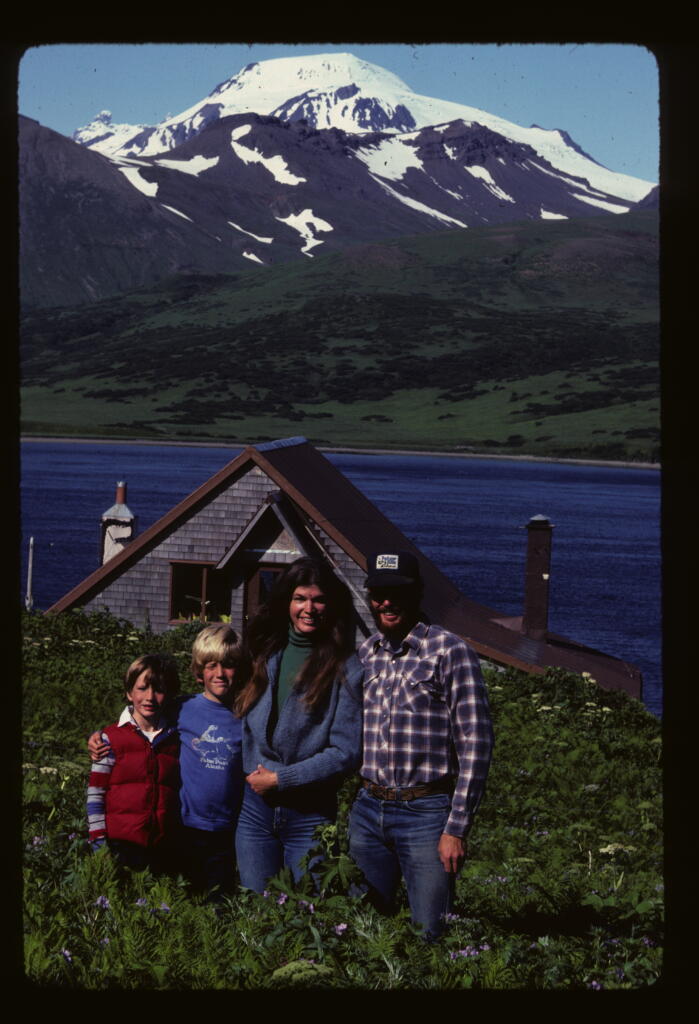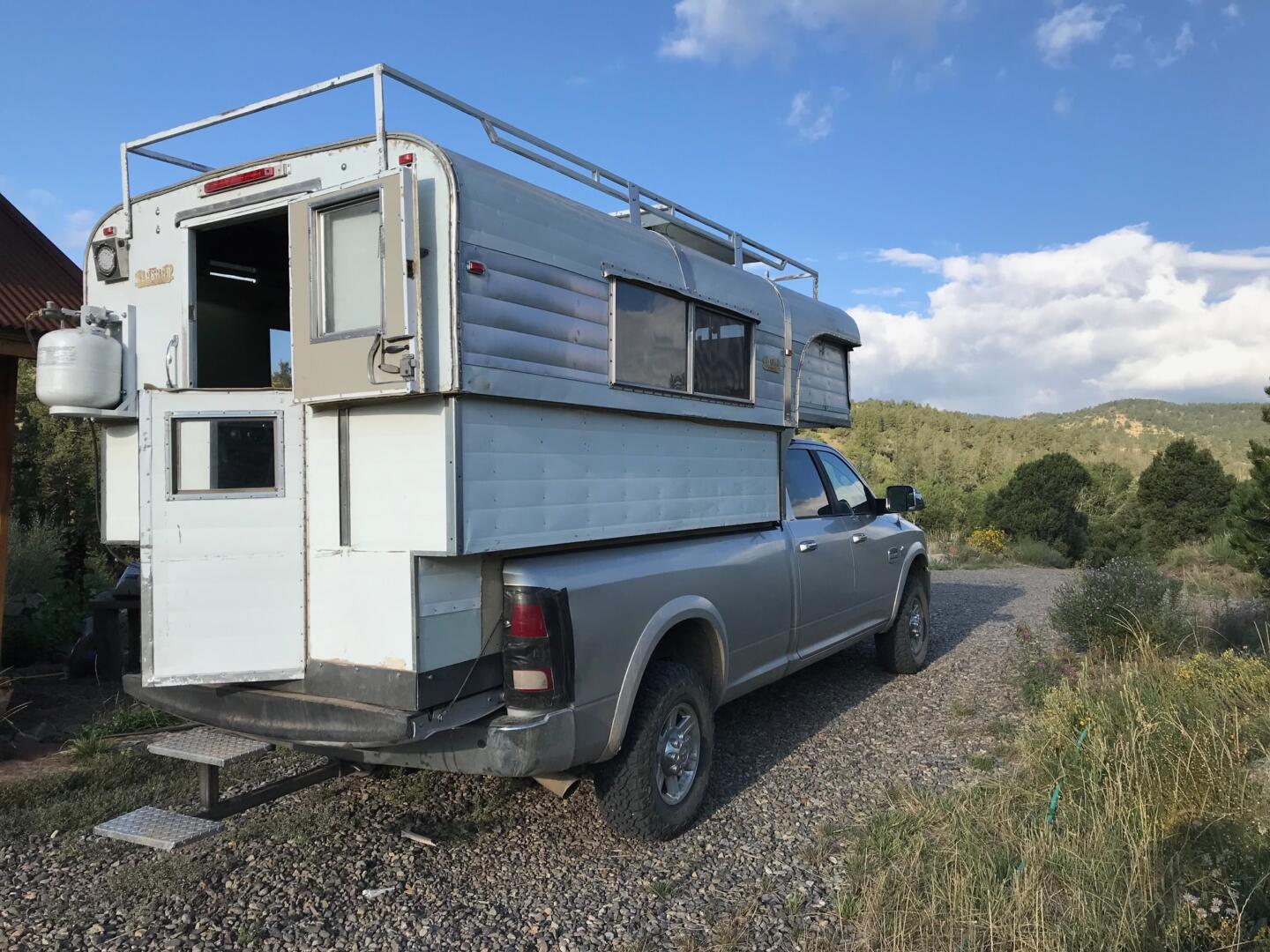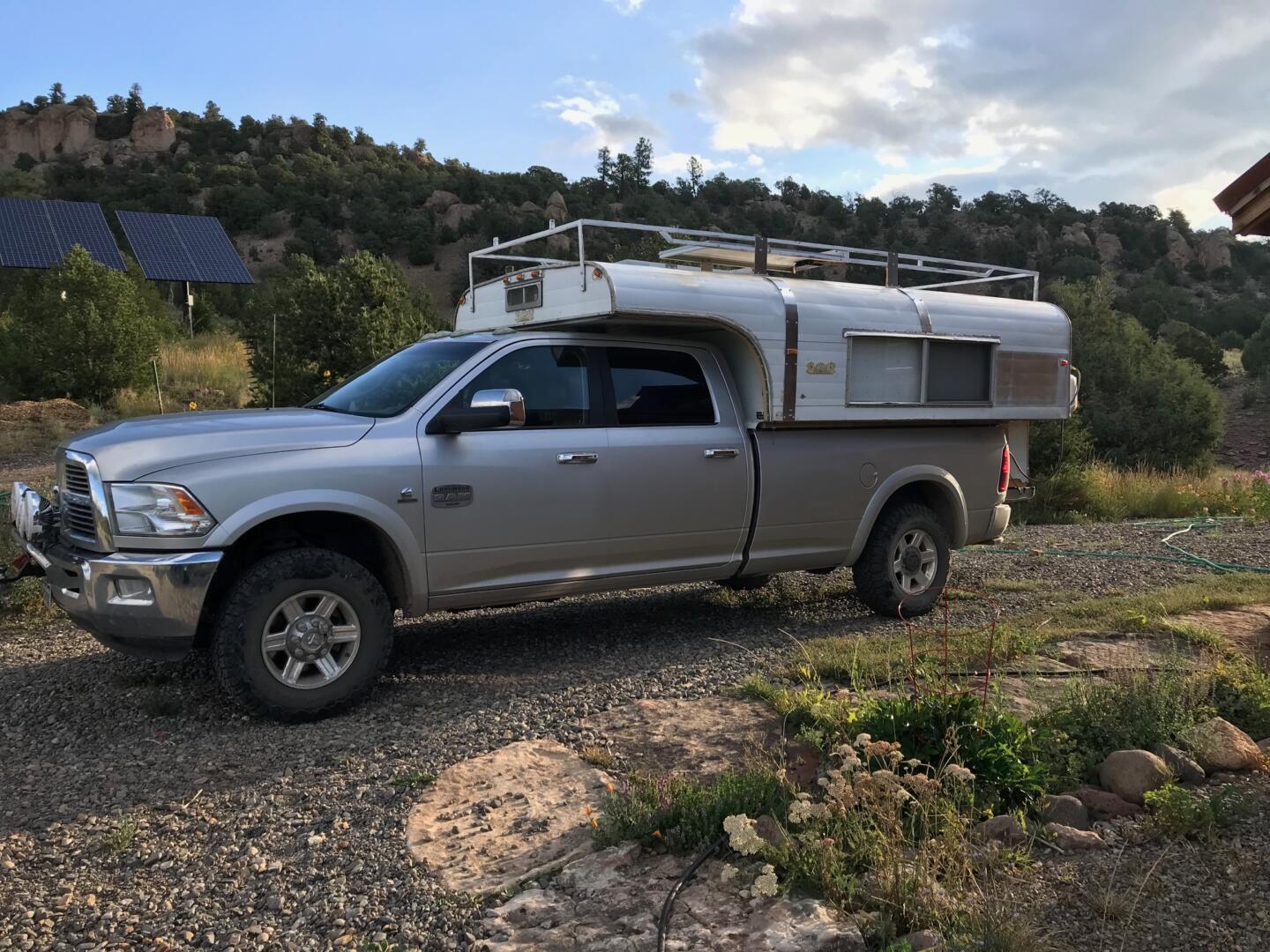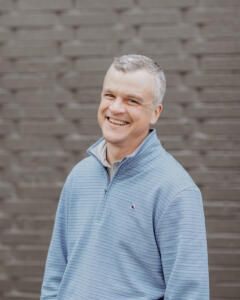From their first home to a full-circle rebuild, Tom and Patricia McWilliams reflect on a life of service, adventure, and the Alaskan Campers that carried them.
The phrase yeoman’s duty comes from naval life, where the yeoman was known for steady, behind-the-scenes service—dependable, tireless, and humble. Today, it’s a tribute to those who quietly show up and get the job done, no spotlight required.
In our conversation, Dr. Tom McWilliams used the phrase several times—not to describe himself, but the world around him: the quiet grind of rural healthcare, the demands of remote living, the long-haul miles, and the Alaskan Camper that carried them through it all. For Tom, yeoman’s duty wasn’t just a phrase—it was how things got done. A mindset. And it became the heart of this story.
Spend a little time with Tom and his wife, Patricia, and that mindset comes into focus. Their life has been one of quiet service—to patients, to family, to each other, and to whatever lay ahead. And through it all, the Alaskan Camper was right there with them. Actually, two of them. The first was more than a rig—it was their first home, their cross-country companion, and the unsung workhorse of their early years. The second? A decades-later rebuild that brought the story full circle.
Let’s start at the beginning.
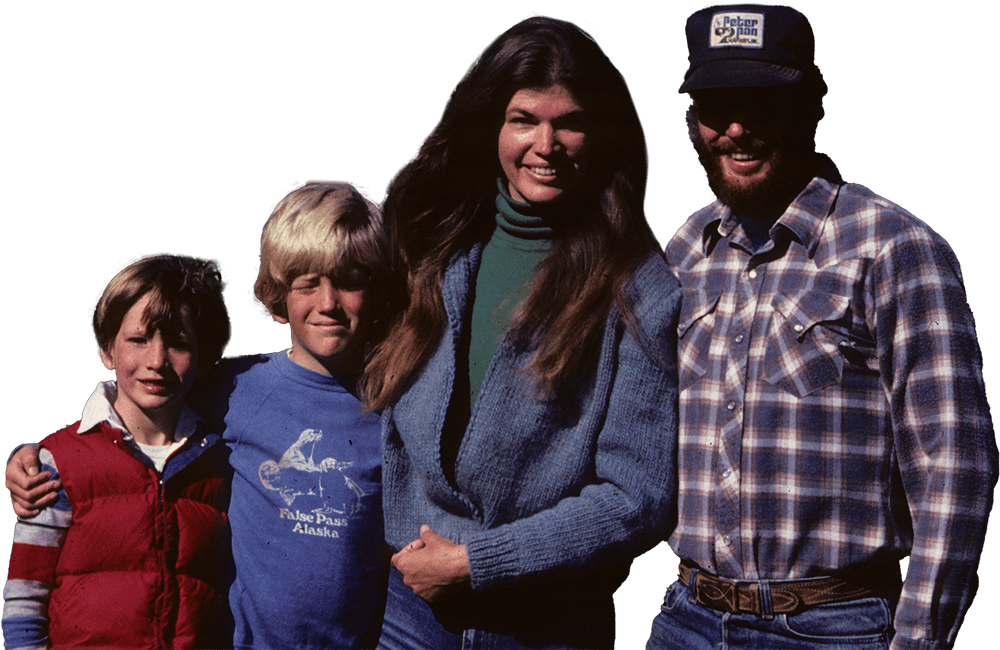
Meet Tom and Patricia
Dr. Thomas McWilliams and his wife, Patricia, have spent more than five decades building a life rooted in service, curiosity, and adventure. From the snowy coasts of Kodiak Island to remote homesteads in the Alaskan bush, they’ve lived intentionally and off the beaten path. Tom’s career in rural and cross-cultural medicine took them to some of the most underserved corners of the country, while Patricia brought warmth, creativity, and courage to every mile of the journey.
Together, they raised two sons on the move—homeschooling from a camper, cycling across continents, and chasing down the moments that matter. Whether building a home by hand or restoring a weather-beaten Alaskan Camper, Tom and Patricia embody the quiet persistence of Yeoman’s Duty: showing up, doing the work, and making it count.
First Home
It was 1975, and Tom was wrapping up his final year of medical school. His clinical rotations were scattered across the country—from Florida to Oregon, Montana to Arizona—and he and Patricia, his wife of just one year, had no interest in living apart. So they came up with a plan: buy a truck, find a camper, and hit the road together.
They custom-ordered a brand-new 8′ Alaskan Camper in Fort Lupton, Colorado—fully outfitted with a gas-electric refrigerator, propane oven and stove, raised shelving, a five-gallon propane tank, 20 gallons of water, and most important of all, a heater with a circulating fan. With a portion of Tom’s public health service scholarship, they picked up the camper and a Ford pickup to carry it—everything they needed for life on the move, together.
“It was our first home,” Tom says. “We lived in it through that entire year—just the two of us, chasing rotations and building a life on the move. I’d finish work for the day, and we’d settle into this small, familiar space that never let us down. It gave us everything we needed.”
Patricia—who goes by Deloss in the art world—still remembers the moment she stepped inside their brand-new Alaskan Camper for the first time:
They opened the door, and I walked in—and it was beautiful. The woodwork, the light, the space… it was warm, it was secure. Some of the places we traveled, you could’ve had bears or mountain lions wander by—but I never felt unsafe. That hard-sided pop-up made all the difference.
And going off-grid wasn’t just a possibility—it was the plan. One winter, while crossing South Dakota, the temperatures plunged to -20°F. The truck wouldn’t start. Neither would the VW Bug they were towing. They waited for hours until a passing semi finally pulled them free.
“Still,” Tom says, “we were warm. That camper kept us safe.”
The Journey North
After finishing his postgraduate training, Tom wasn’t looking for an easy next step—he was looking for purpose. He wanted to serve in places where healthcare was most needed and least accessible. He also wanted something else: wildness. A lifelong outdoorsman, Tom had always felt at home in rugged places—fishing, hunting, or just disappearing into the trees. Alaska was more than a destination. It was calling.
So, he followed that call. Determined to make it happen, Tom flew north and personally interviewed with hospitals across the region—Anchorage, Sitka, Ketchikan, Juneau—building relationships and planting seeds. Because in Alaska, especially then, you didn’t simply request a job. They had to request you.
That persistence paid off. The Alaska Native Medical Center in Anchorage eventually called with an offer: Director of the Emergency Department. The job was as vast and varied as the state itself. Some days were spent treating patients in a busy urban hospital; others meant boarding bush planes to reach remote villages scattered from the Canadian border to the farthest edge of the Aleutians. It was essential, demanding work—done far from the spotlight, and powered by the kind of quiet grit Tom had always lived by.
Those village visits became more than just rotations—they turned into relationships. Tom came to know families across the region not just as patients, but as neighbors. And every time he returned to Anchorage, the Alaskan Camper was waiting—reliable as ever. With their two young boys along for the ride, Tom and Patricia spent countless weekends exploring the backcountry, confident they had warmth, shelter, and a place to call home. The camper made the remote feel reachable. It made Alaska livable.
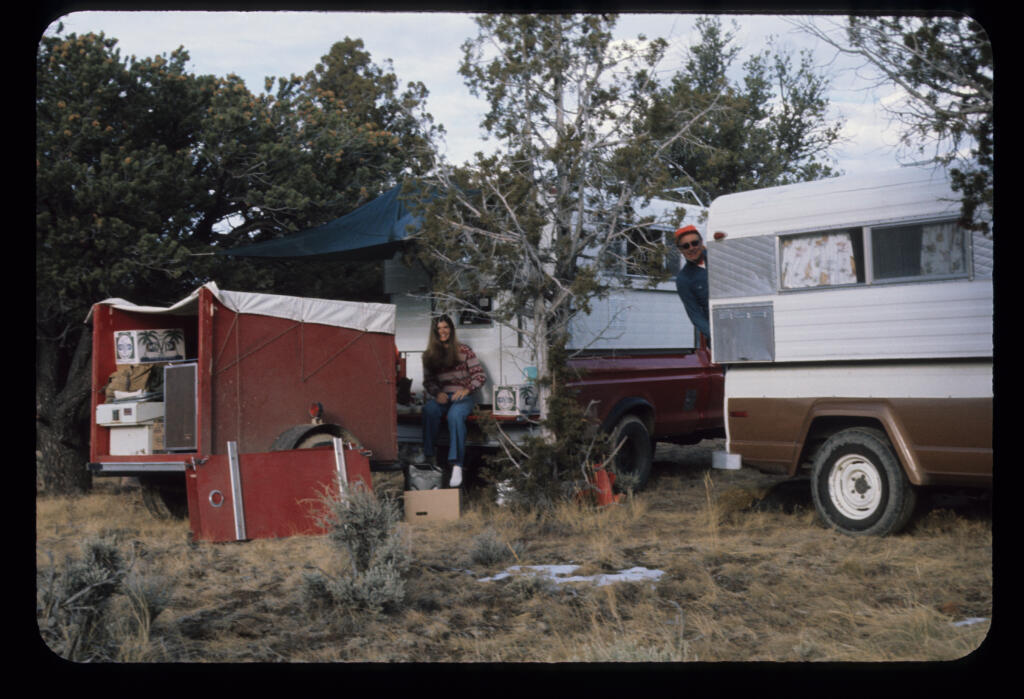
Of course, the road had its challenges. One winter, while crossing a snowy pass, they blew two tires with no spares. Tom had no choice but to hitchhike nearly 300 miles to Fort Nelson, leaving Patricia and the boys behind in the camper. And naturally, the propane gave out the moment he stepped out—no heat, just the sound of wolves howling in the distance. “I bundled the boys up, locked the door, and told them we were having an adventure,” Patricia laughs. “We were cold, but we were safe—and that camper never let us down.” Later, Tom returned in the cab of a semi, tires in tow, and found his family mostly warm, slightly stir-crazy, and still smiling.
The camper wasn’t just a refuge—it was a workhorse. During his early assignments on Kodiak Island, Tom struck up a conversation with a patient that led to an unexpected opportunity: halibut fishing. After clinic hours, he’d trade his scrubs for waders, load the camper—“grossly overloaded,” he laughs—with rods, tackle, coolers, and two motors, and head out for ten-day stints. “We’d fill the Alaskan with 300 or 400 pounds of halibut, then drive it to the packing plant. It always did the job.”
In Alaska, the work rarely stopped. But neither did the Alaskan. Always steady. Always doing its duty.
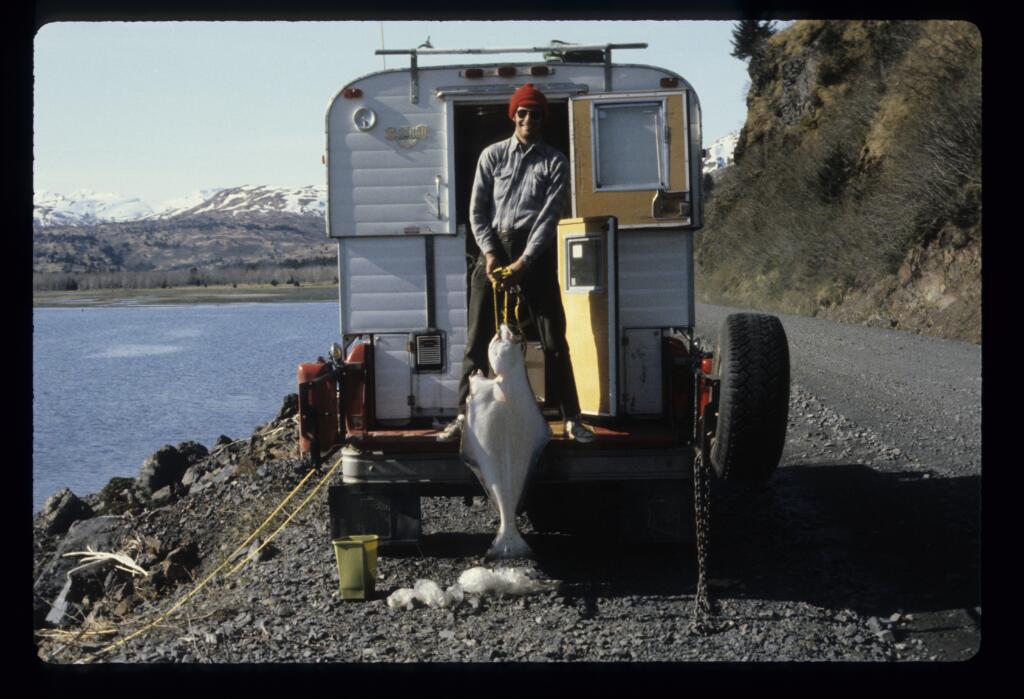
Well-Used Alaskan For Sale
Eventually, life shifted again. After years in Alaska, Tom was recruited to teach in Missouri—returning to the very town where he’d gone to medical school. He later helped found a new medical school in Arizona, stepping into academic leadership and mentoring the next generation of physicians. The wilder days gave way to lecture halls, classrooms replacing cabins, students instead of village patients.
With less time for backcountry travel and more focus on family and work, the Alaskan Camper sat idle. It had done its job—again and again—and now it was time to let someone else take it forward. Tom listed it on our website as a “well-used Alaskan,” figuring it might speak to someone else the way it had once spoken to him.
It didn’t take long. A river guide from Jackson Hole, Wyoming, called almost immediately. He’d already rebuilt one Alaskan and was looking for another. He told Tom to hold it—he was on his way. He drove straight through to Missouri and took the camper home.
Years later, while in Jackson Hole for a planning conference, Tom happened to glance down at the river—and there it was. “Same truck. Same camper. Still out in the wild where it belongs.”
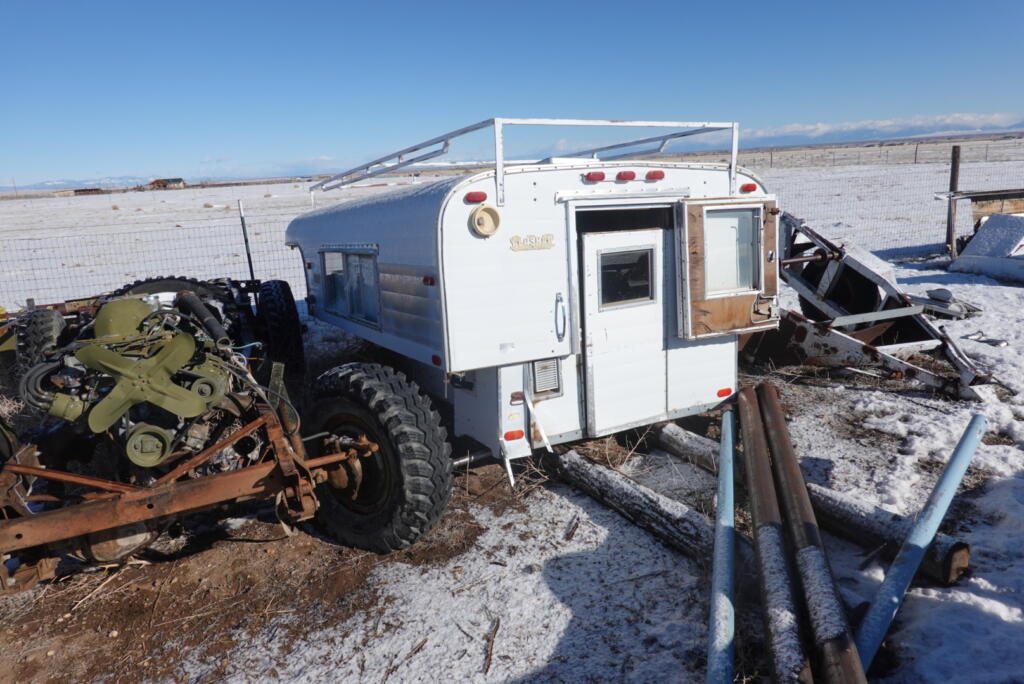
The Return
But the story didn’t end in Jackson Hole.
Years later, tucked into the mountains of southern Colorado, Tom was hard at work restoring an 1800s homestead—Spirit Bear Ranch—with the help of his Amish neighbors. One day, on a nearby property, Tom spotted a familiar silhouette—barely. A derelict 1977 Alaskan Camper sat cockeyed in the dirt, door ajar, half-buried in snow, full of junk, and so rotted out it looked like raccoons had taken up permanent residence. Tom took one look and thought, “No way.”
His Amish hunting buddy—who also happens to be a master cabinetmaker—took one look and said, “No problem.”
And just like that, they hauled it home.
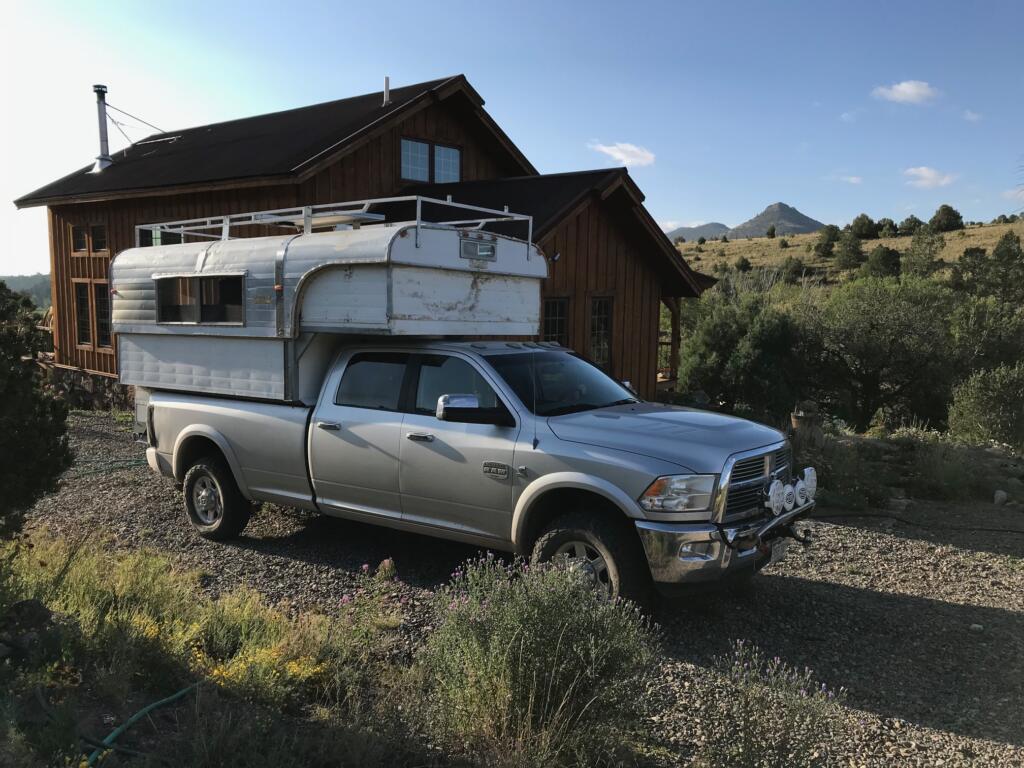
Over the following months, they rebuilt it from the frame out—replacing woodwork, rewiring systems, insulating the roof, restoring the hydraulics, and fitting it with a new fridge, solar, and the kind of thoughtful upgrades only someone who’s lived through subzero nights and backcountry breakdowns would think to add. The spirit of the original was still there. It just needed a little help getting back on its feet.
And then, just like old times, Tom and Patricia pointed their Alaskan north—back to the place where it all began. With the freshly restored camper loaded up and road-ready, they made plans to take it home to Alaska. They ferried it up, then drove the Alaskan Highway back down, retracing the same Alcan route they’d taken dozens of times over the years while visiting family in Arizona.
